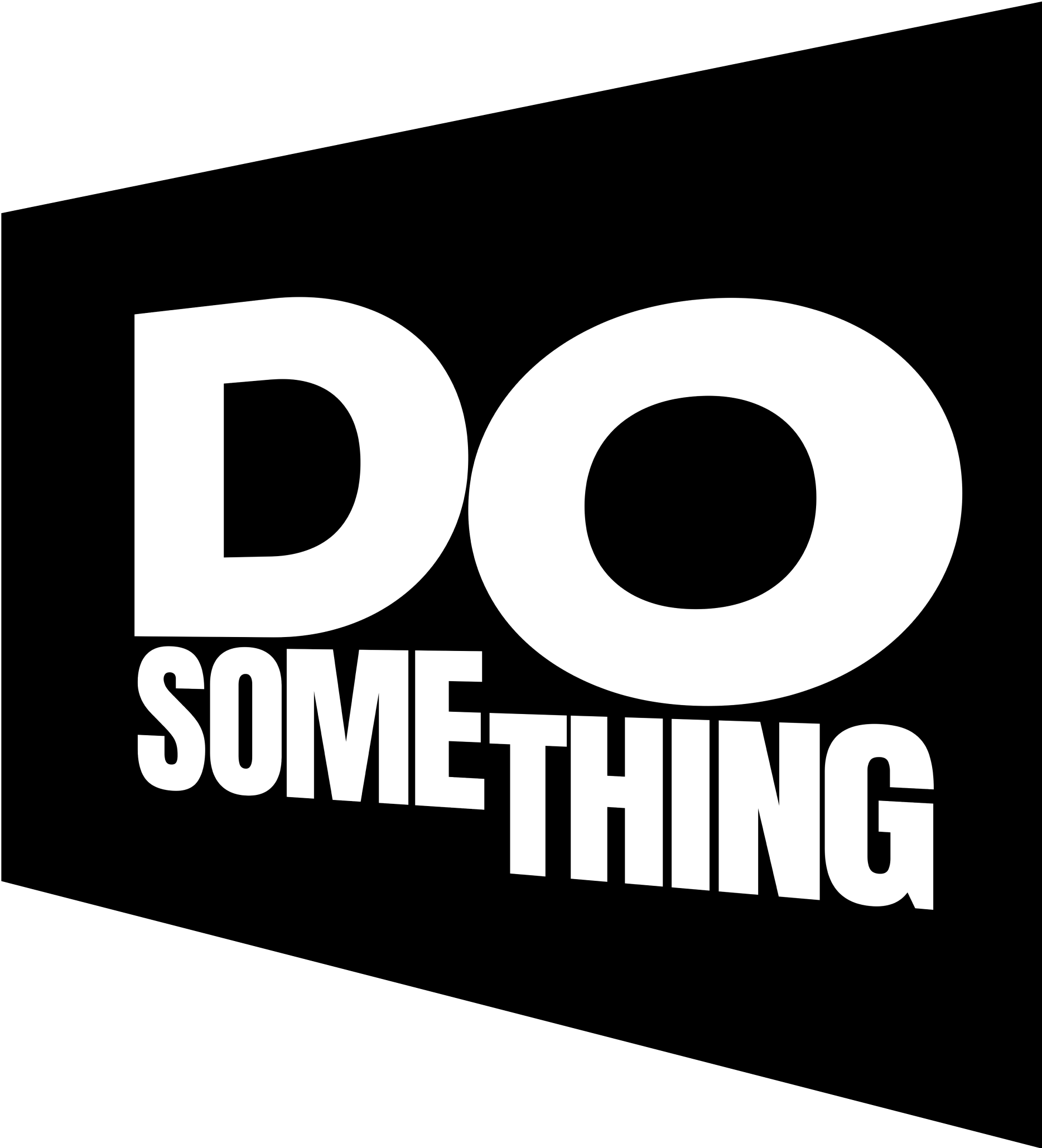11 Facts About Bone Marrow Donation
Welcome to DoSomething.org, a global movement of millions of young people making positive change, online and off! The 11 facts you want are below, and the sources for the facts are at the very bottom of the page. After you learn something, Do Something! Find out how to take action here.
- Each year, leukemia kills more children than any other cancer.^[National Resource Defense Council. “Children, Cancer and the Environment”. http://www.nrdc.org/health/kids/kidscancer/kidscancer5.asp. Accessed Nov 11th, 2014.]
- 70% of patients in need of a marrow transplant do not have a matching donor in their family.^[National Marrow Donor Program. “Key Messages, Facts and Figures”. http://bethematch.org/news/facts-and-figures--pdf-/. January 2013 (Accessed Nov 11th, 2014).]
- A bone marrow transplant can save the life of someone battling leukemia, lymphoma, or another blood cancer. You can fight cancer just by swabbing your cheek. Sign up for Give a Spit About Cancer.^[National Marrow Donor Program. “Key Messages, Facts and Figures”. http://bethematch.org/news/facts-and-figures--pdf-/. January 2013 (Accessed Nov 11th, 2014).]
- To register as a bone marrow donor, a person swabs the inside of his or her cheek in order to provide the DNA needed to identify if he or she is a bone marrow match for someone.^[Be the Match. “Donation FAQ’s”. http://bethematch.org/Support-the-Cause/Donate-bone-marrow/Donation-FAQs/. Accessed Nov 11th, 2014.]
- The likelihood of finding a donor is estimated at 66% for African-American patients, 72% for Hispanics or Latinos, 73% for Asian and Pacific Islanders, 82% for American Indian and Alaska Natives, and 93% for white patients.^[National Marrow Donor Program. “Key Messages, Facts and Figures”. http://bethematch.org/news/facts-and-figures--pdf-/. January 2013 (Accessed Nov 11th, 2014).]
- A bone marrow donation happens in one of two ways: In the first, blood is from a donor's arm, put in a machine where stem cells are separated, and returned through the other arm. In the other, marrow cells extracted from the hip bone.^[marrowdrives.org. “Myths about Marrow/Stem Cell Donation”. http://marrowdrives.org/bone_marrow_donor_myths_faqs.html. Accessed Nov 11th, 2014.]
- After donation, bone marrow replaces itself within four to six weeks.^[The Andy Talley Bone Marrow Foundation. “Facts and Resources”. http://www.talleybonemarrow.org/bone-marrow-registry-bone-marrow-facts-philadelphia-new-york-boston-washington-baltimore.php. Accessed Nov 11th, 2014.]
- To be a bone marrow donor in America, a person should be between 18 and 60 years old and in good health.^[Be the Match. “Why a donor’s age matters”. http://bethematch.org/transplant-basics/matching-patients-with-donors/why-donor-age-matters/. Accessed Nov 11th, 2014.]
- Donors giving from their hip bones are put under anesthesia, and therefore they do not feel pain during the collection procedure.^[Delete Blood Cancer. “Donor Handbook”. http://www.deletebloodcancer.org/sites/deletebloodcancer.org/files/donor_handbook.pdf. Accessed Nov 11th, 2014.]
- Young people 18 to 25 years old are the bone marrow donors needed most.^[Gift of Life Bone Marrow Foundation. “The Urgent Need for Younger Donors”. http://www.giftoflife.org/Pages/The-Urgent-Need-for-Younger-Donors.aspx. Accessed Nov 11th, 2014.]
- After being placed on the registry, you may be contacted in a matter of months, or not for many years, or not at all.^[Gift of Life Bone Marrow Foundation. “About Marrow and Stem Cell Donation”. http://www.giftoflife.org/Pages/About-Marrow-and-Stem-Cell-Donation.aspx. Accessed Nov 11th, 2014.]
GET INVOLVED
Make a difference in your community and add your vision to the future of our democracy
